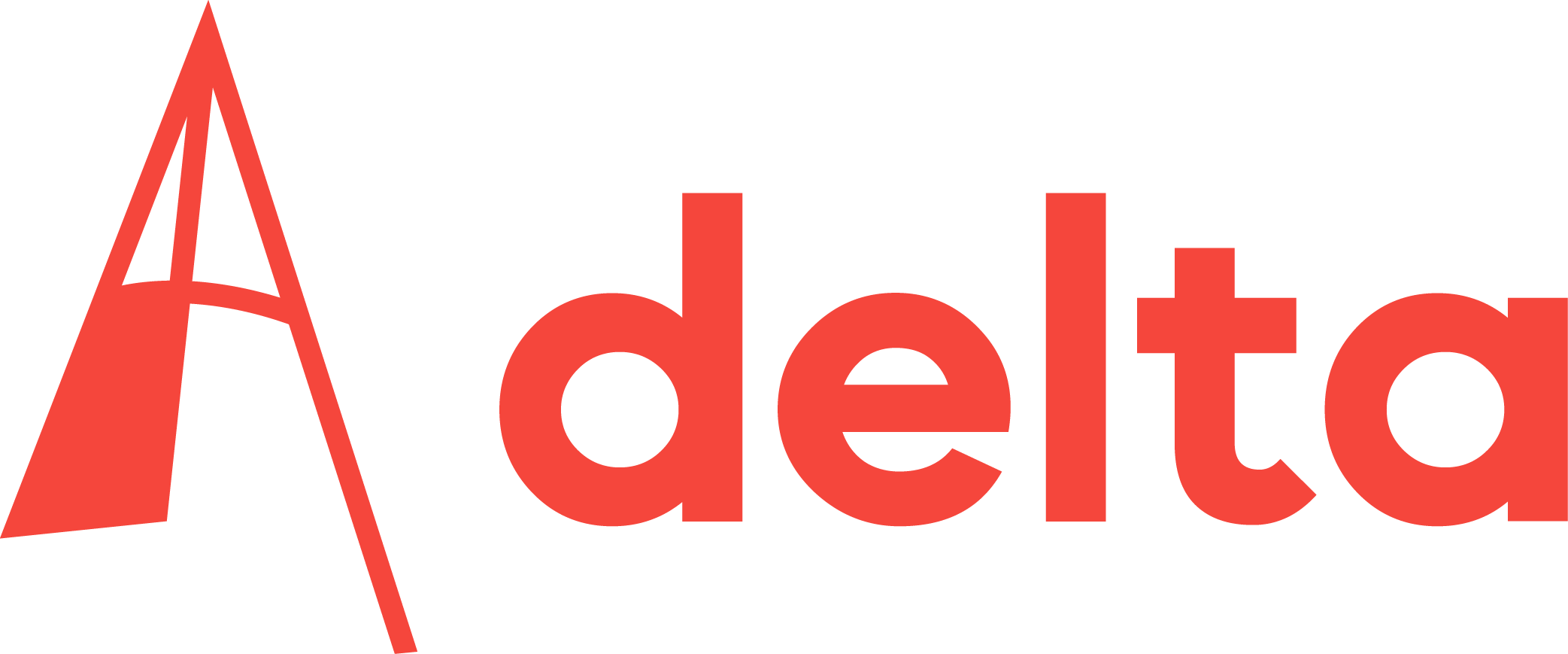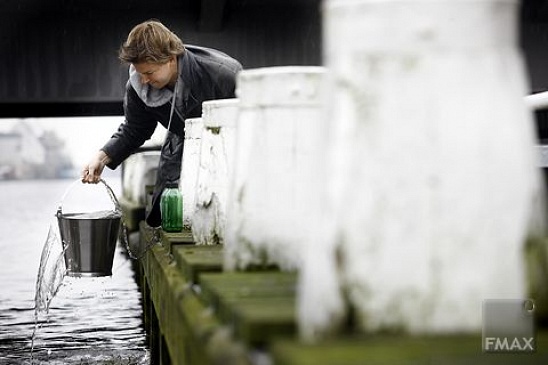What hydrology needs is more data to feed the advanced mathematical models, says Dr. Rolf Hut. Luckily, advances in hardware and consumer electronics make sensors readily available.
Delta has followed Hut’s adventures and demonstrations over the years with interest. The earliest article features him in 2009 as organiser of the Scrap Heap Challenge where students were commissioned to construct a wind meter from a junk yard’s finest materials, collected especially for the occasion.
In 2009 Hut hacked the Wii remote control and turned it into a water level monitor. The audacity to turn consumer electronics into a cheap hydrologic sensor was also noticed by Wired Magazine.
Next Hut turned a piezo-electric sensor (originally from a singing postcard) into an acoustic rain sensor called Disdrometer. Together with Stijn de Jong MSc
he received an STW valorization grant to develop the invention towards an application.
Two years back, Hut had set out for yet another experimental hydrology project: sampling the river Rhine. He assumed you could see pharmacological traces build up over the course of the Rhine and stepping up near cities. The results he later published in his PhD thesis confirm his initial hunch, despite the one-time only sampling and the perhaps crude sampling method.
Last summer, Hut was one of the organisers of the Tahmo workshop in Nairobi where researchers from Africa came together with their self-made meteorological sensors to set up the world’s first low-budget weather station. In the next years, thousands of these should spring up all over Africa to provide the data for better and more precise weather forecasts there.
So, that’s the practical, energetic and original Rolf Hut we’ve come know. Today, at his PhD defense, he had to add the extra layer of scientific justification. Hut argues that scientific progress advances in strides. New observations challenge the existing theories, theories are improved and produce new predictions, which call for finer observational data etcetera.
“In the ongoing cycle between new observational methods and new theories, hydrology is due for a round of new observational methods,” argues Hut. For one, weather data will have to be finer meshed to match the more detailed weather forecasts.
The good news, and Hut is always optimistic, is that the availability of cheap hackable consumer electronics is greater than ever, as are programmable microcomputers like the Arduino platform that make building sensors simple as a child’s play. Next to this open source hardware movement, more open source data with hydrological importance have become available online.
In other words, the data that hydrology needs may become as plentiful and cheap as rain.
Rolf Hut, New Observational Tools and Datasources for Hydrology, Hydological data Unliocked by Tinkering, PhD supervisor Prof. Nick van de Giesen (CEGS), 1 October 2013.



Comments are closed.